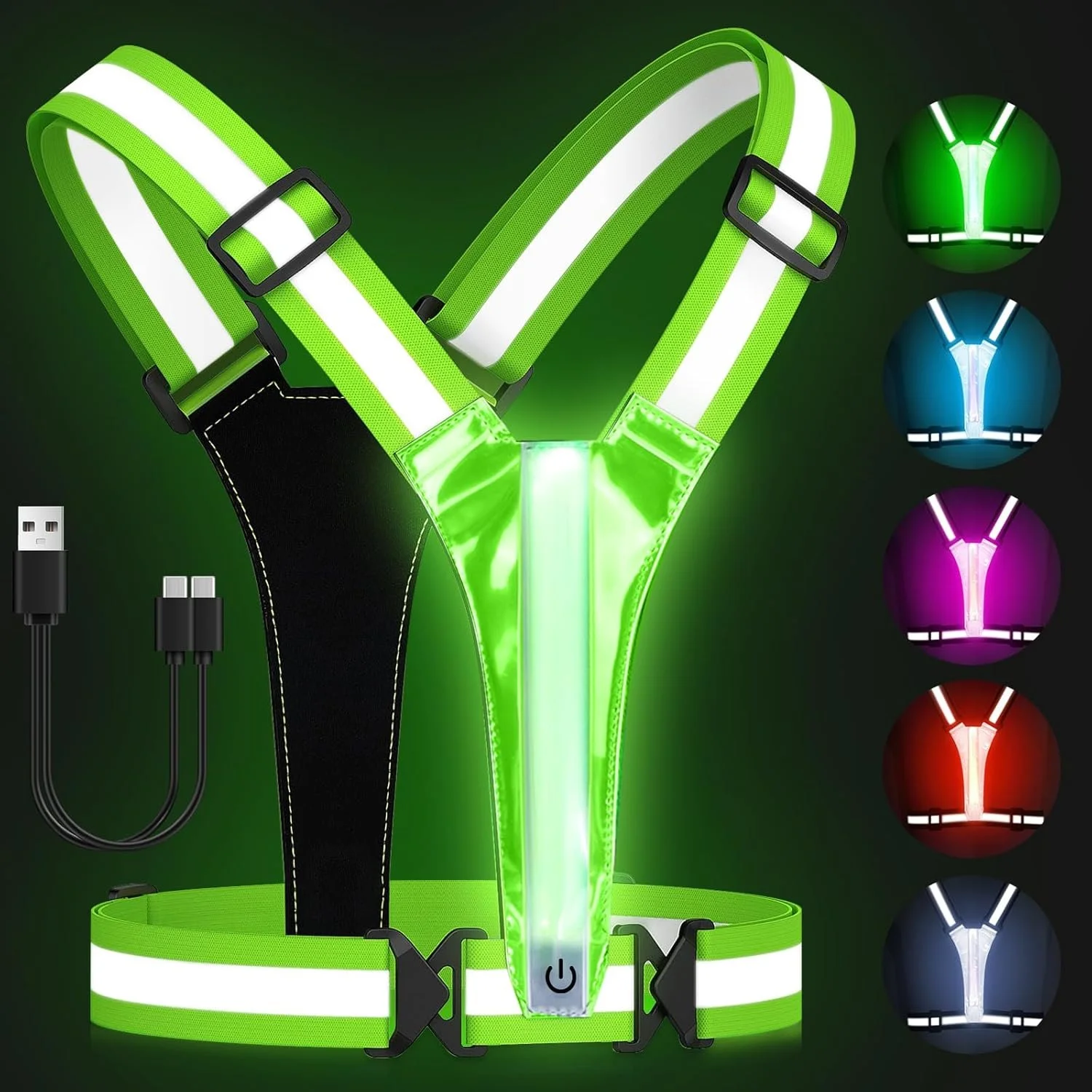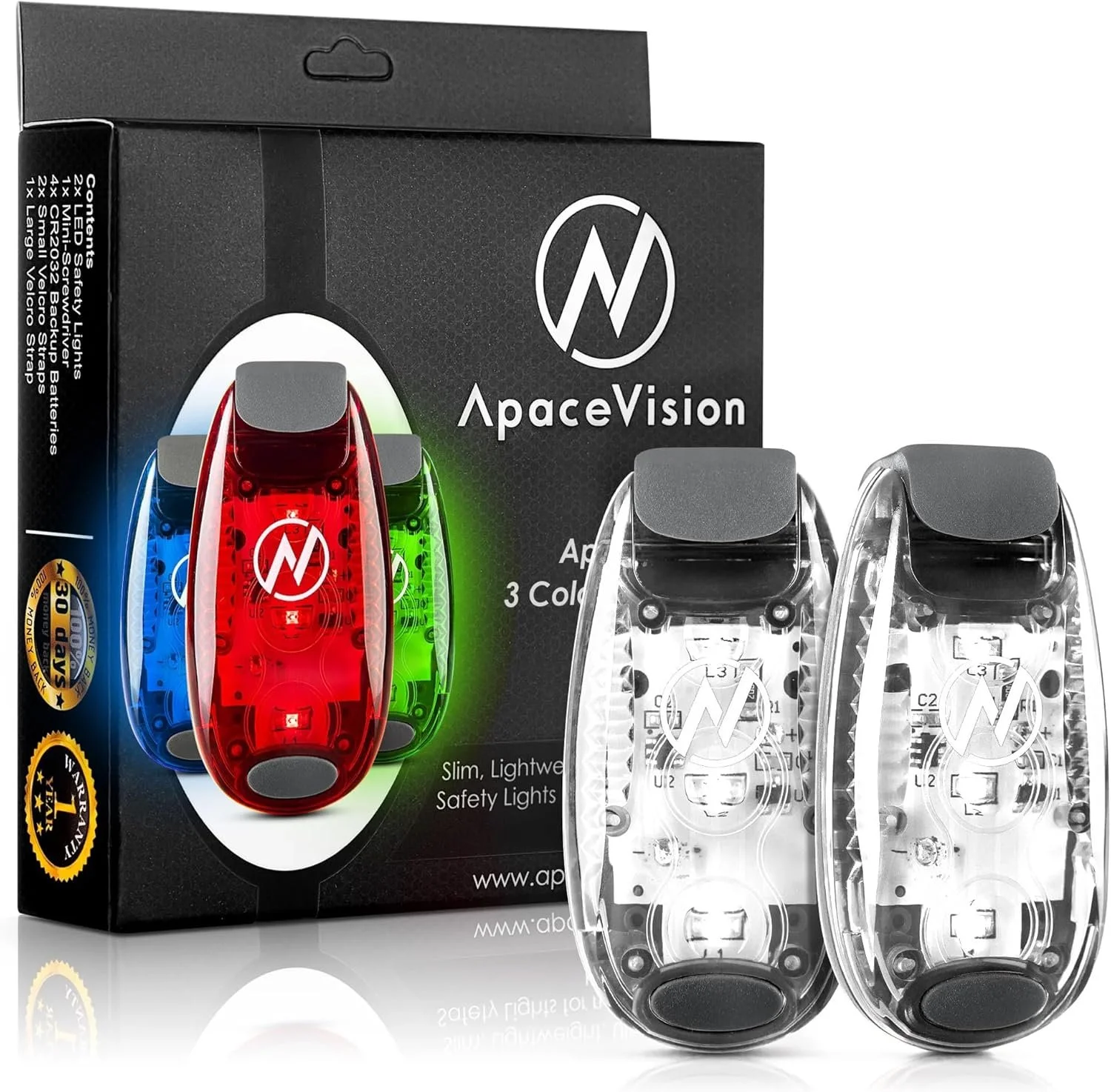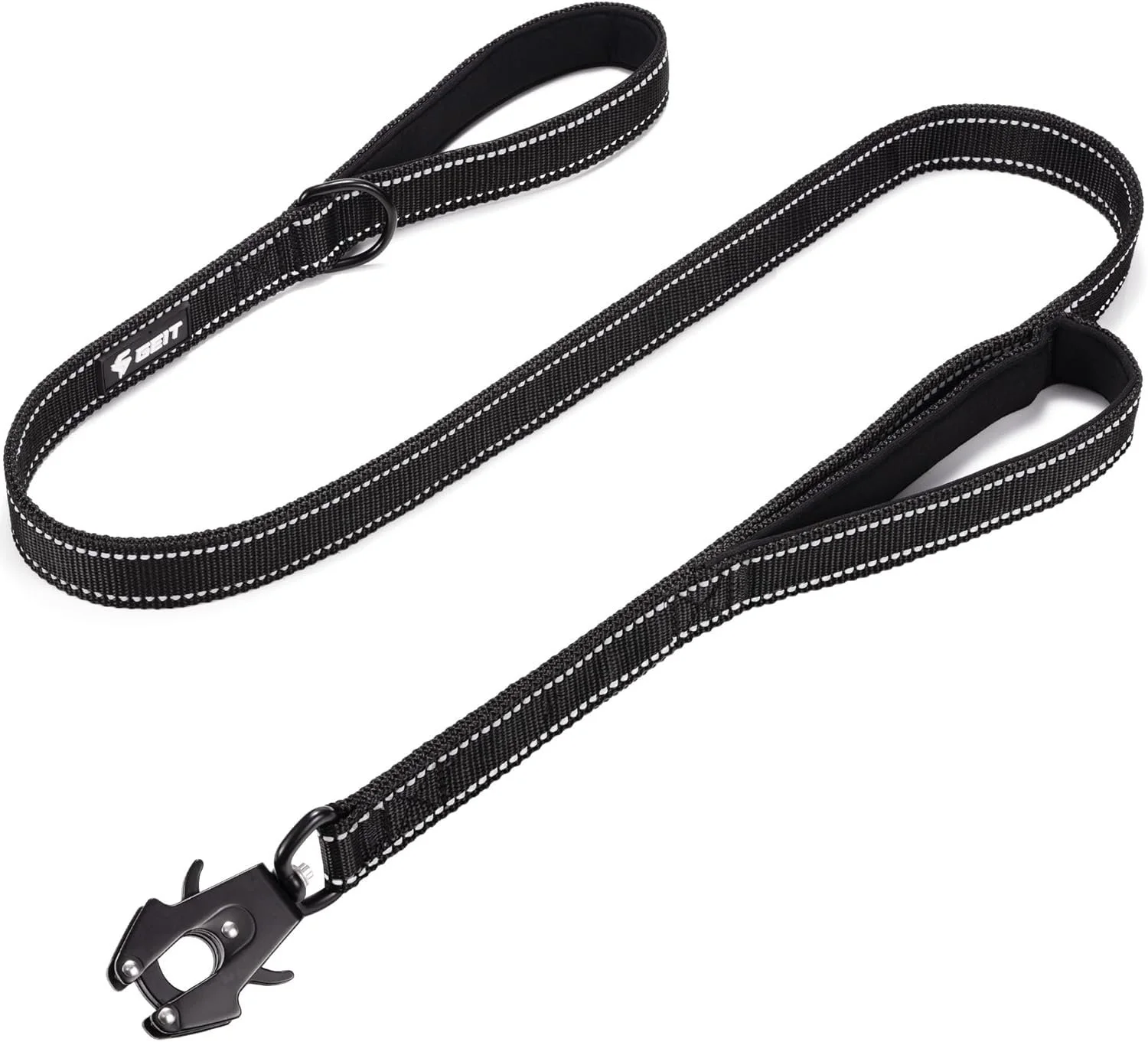Walking Your Dog Safely After Dark: A Guide for Nighttime Strolls
Evening strolls with your dog can be some of the most peaceful and enjoyable moments of the day. The world is quieter, the air cooler, and your pup still gets the exercise and enrichment they need. But walking after dark comes with extra safety considerations for both you and your four-legged friend. From visibility concerns to wildlife encounters, it’s important to be prepared before you head out.
Here’s how to make those nighttime walks safe and enjoyable.
Why Night Walks Are Riskier
Dogs (and their humans) face different challenges at night:
Reduced visibility: Drivers, cyclists, and even other pedestrians may not see you clearly.
Wildlife encounters: Coyotes, raccoons, snakes, or stray animals are more active after dark.
Trip hazards: Cracked sidewalks, potholes, or uneven trails are harder to spot.
Personal safety: Walking alone can carry risks for the handler, especially in low-traffic areas.
But don’t worry — with the right precautions, you can safely enjoy those moonlit strolls.
Gear Up for Visibility
When it’s dark, your number-one priority is being seen. Reflective and light-up gear can make all the difference.
Reflective collars, harnesses, and leashes: These shine brightly in headlights and streetlights.
Clip-on safety lights: Attach to your dog’s collar or harness for extra visibility.
Reflective gear for you, too: A reflective vest or armband makes sure you’re just as visible as your pup.
Choose the Right Walking Spots
Where you walk is just as important as how you walk.
Stick to well-lit areas: Sidewalks with streetlights are safer than wooded trails at night.
Walk familiar routes: Avoid exploring new paths in the dark — it’s easier to get lost or encounter hazards.
Steer clear of traffic-heavy roads if sidewalks are narrow.
Adjust Your Routine
Shorter days may mean changing when or how you walk.
Aim for daylight walks whenever possible, even if it means adjusting your schedule.
Break longer evening walks into two shorter outings—this can help reduce risk and keep your dog mentally stimulated.
Consider indoor play or training sessions as a supplement to outdoor time.
Stay Alert and Connected
Leave headphones at home. You’ll want your full awareness for cars, people, or wildlife.
Carry a flashlight or headlamp. Not only does it light your path, but it also alerts others to your presence.
Keep your phone handy. If an emergency arises, you’ll need quick access.
Keep Your Dog Close
Even if your dog is usually trustworthy off-leash, after-dark walks are not the time for free roaming. Hazards are harder to see, and it’s not just about your dog — other people or pets may not expect an off-leash encounter in the dark.
Use a short leash (4–6 feet).
Protect Against Wildlife and Stray Dogs
Nighttime can bring surprise encounters.
Carry dog deterrent spray (like citronella-based, not harmful) just in case of aggressive animals.
Make noise if you suspect wildlife nearby — clapping or talking can ward off critters.
Stay calm and collected; panicking can make your dog more reactive.
Don’t Forget the Basics
ID tags and microchips: If your dog slips away in the dark, up-to-date ID is essential.
Poop bags: Yes, even at night! (Tip: stash a roll in your pocket or use a holder with a built-in flashlight.)
Nighttime Walking Etiquette
Be courteous of neighbors — keep barking to a minimum if you’re in a quiet neighborhood.
Always pick up after your dog (no one likes surprise “presents” in the dark).
Yield to joggers, bikers, or other dog walkers by stepping aside briefly.
The Payoff
Walking your dog after dark doesn’t have to be stressful. With the right gear, awareness, and planning, it can actually be one of the most enjoyable times of day. Cooler air, fewer distractions, and a calm environment often make for a more relaxed pup and a better bonding experience.
So grab your reflective gear, leash up, and enjoy the evening together — safely and smartly.
References
American Kennel Club. (2023). Tips for Walking Your Dog at Night.
ASPCA. (2022). Dog Walking Safety Basics.
PetMD. (2023). How to Keep Dogs Safe During Nighttime Walks.
Recommended Products:
Made in USA
Can Spray up to 12 feet
Capsicum Spray







